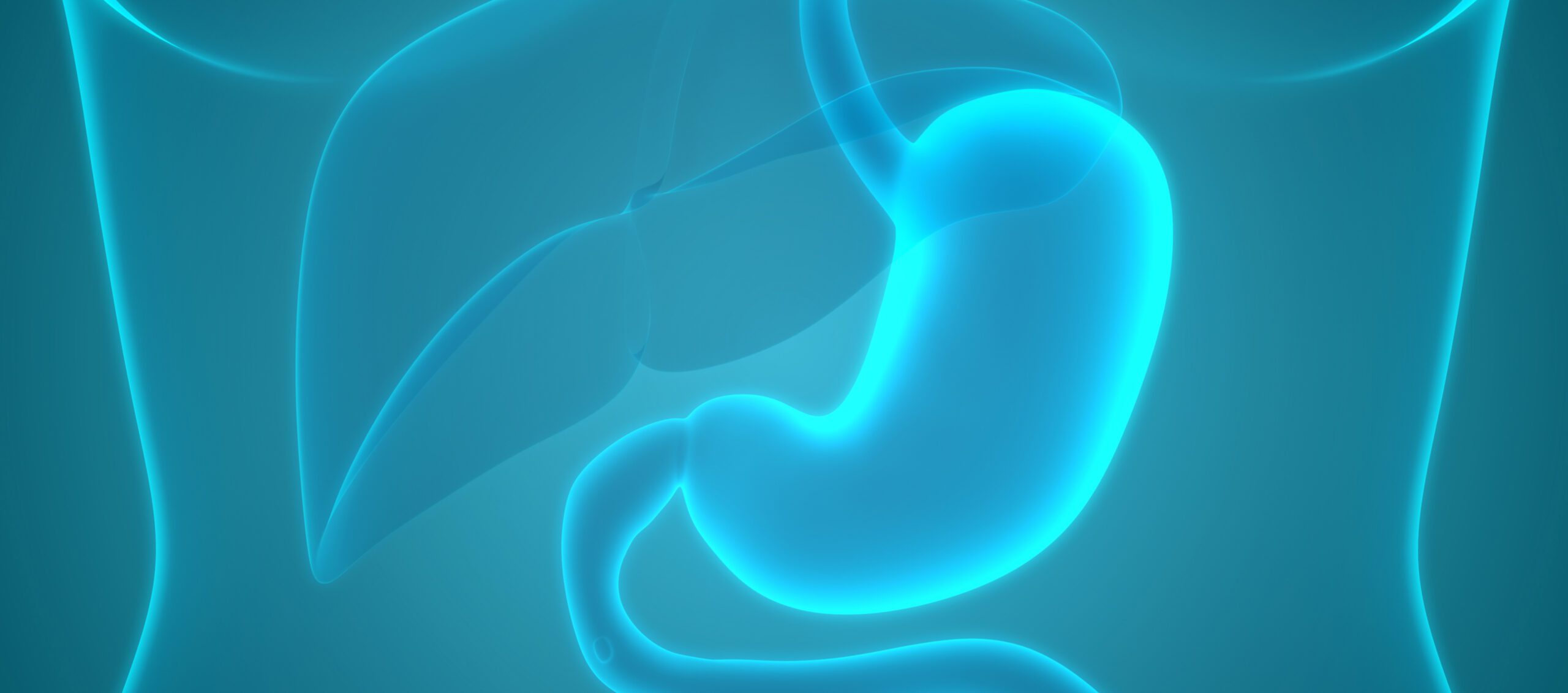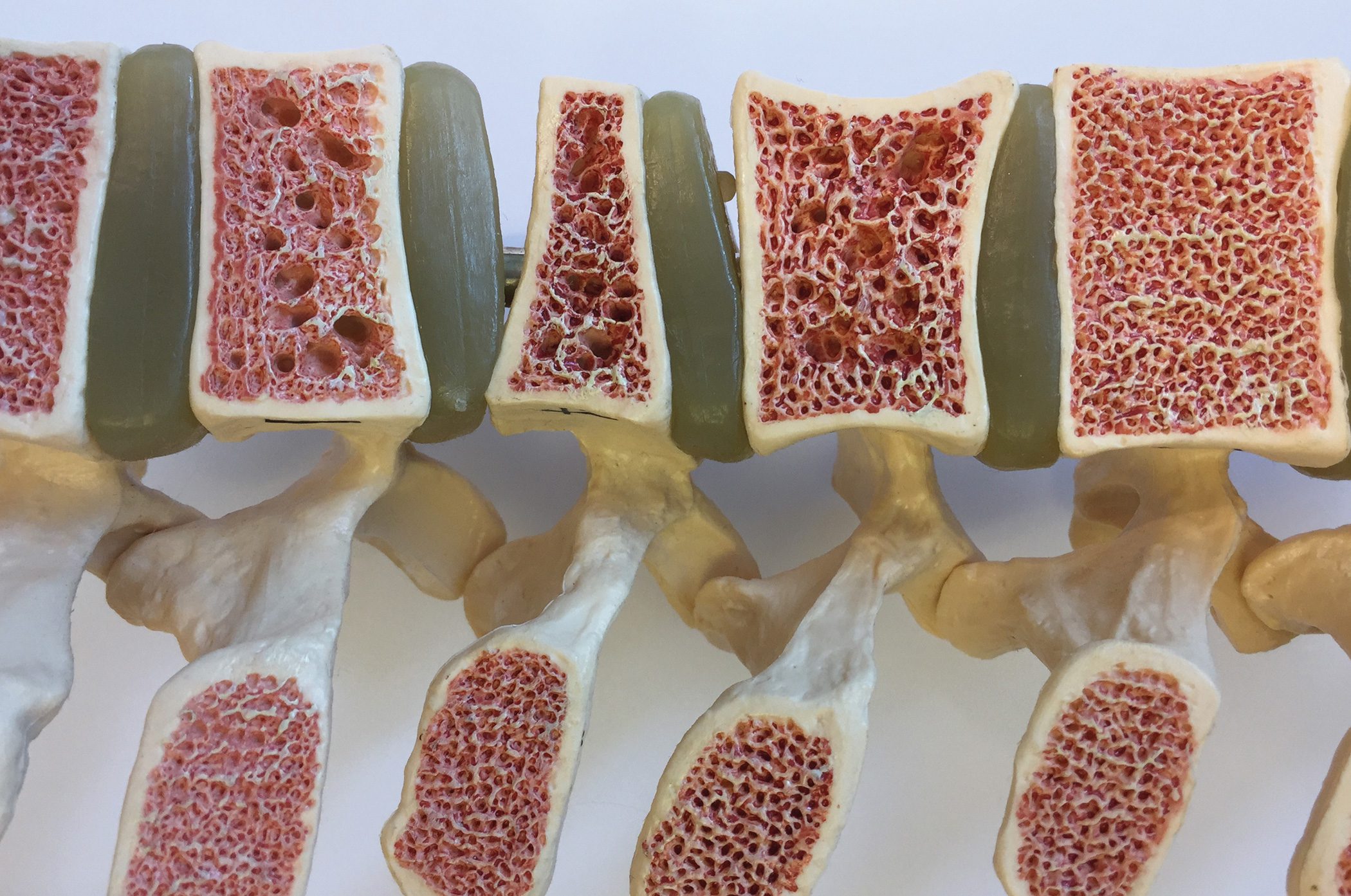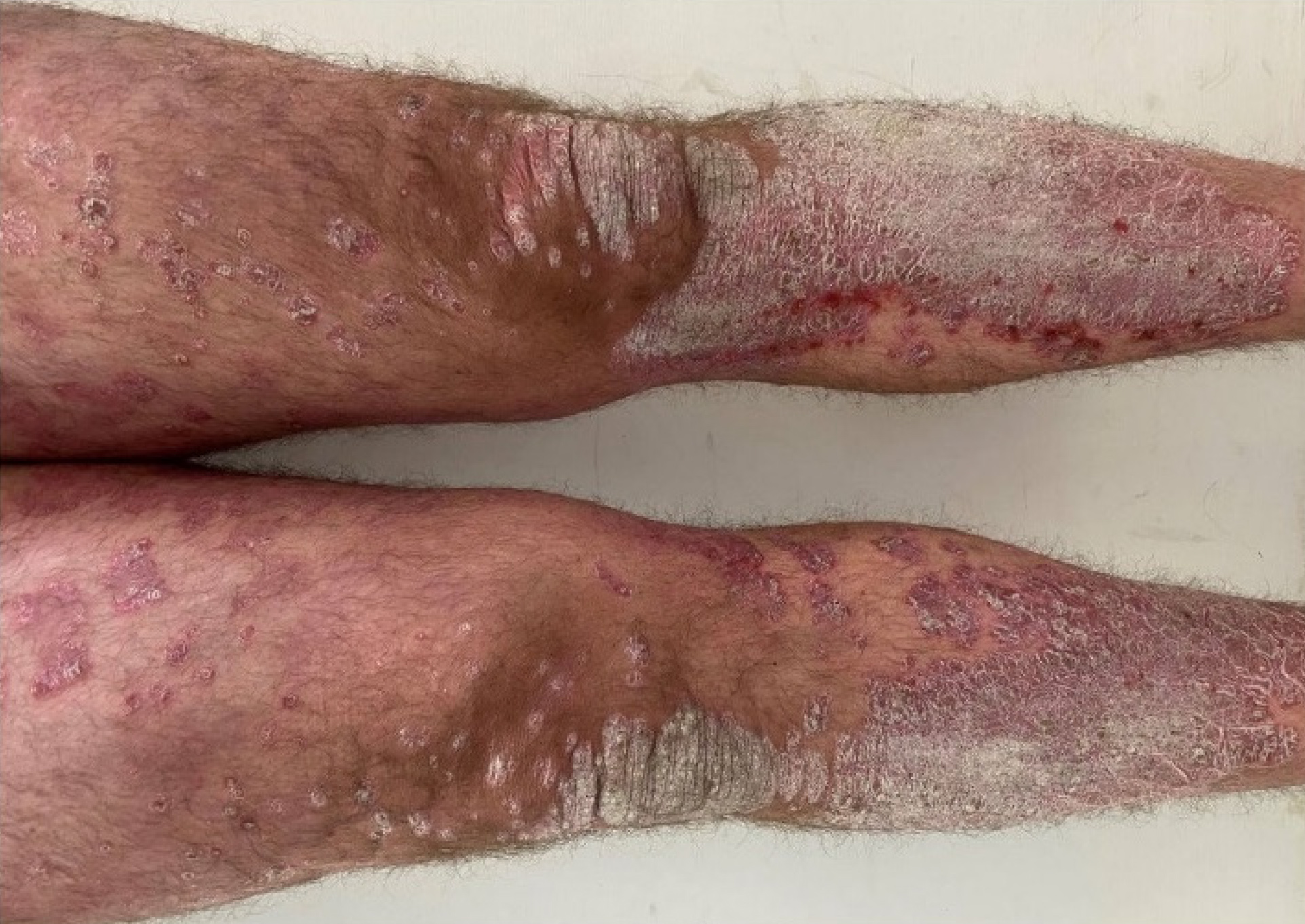At the transnational annual meeting of the German, Austrian and Swiss Societies for Hematology and Medical Oncology (DGHO), the latest data from basic, applied and translational research as well as innovative treatment approaches from the fields of diagnostics and therapy of blood diseases and cancer were presented.
Especially in patients with advanced malignancies for whom no other standard therapies are available, biomarker-guided therapy decision-making has taken hold. The retrospective observational study INFINITY aims to systematically analyze this approach in routine clinical care [1]. At 100 sites in Germany, 500 patients with advanced solid tumors or hematologic malignancies who received nonstandard targeted therapy (NSTT) based on a potentially effective biomarker will be enrolled. A second interim analysis showed that the median time from initial diagnosis to the start of the first NSTT was 22.5 months. The majority of patients had received ≥2 prior lines of therapy. The most common cancer entities were colorectal, esophageal, breast, and gastric. The most commonly used NSTT compound classes were PD-(L)1 antibodies and BRAF inhibitors. Accordingly, the most common actionable biomarkers were PD-L1 status, microsatellite instability (MSI) status, and BRAF gene alterations. Median overall survival was 10.9 months in the overall population, 11.5 months for patients on PD-(L)1 antibody therapy, and 8.1 months for patients on BRAF inhibitor therapy. Preliminary results therefore suggest some potential benefit in slightly more than a quarter of patients.
Neurological side effects of immunotherapies in view
Checkpoint inhibitors (CPI) have enriched the interdisciplinary therapeutic armamentarium in various oncological diseases in recent years. However, serious adverse events may occur as a result of CPI therapy. In particular, neurological adverse events (nAEs) are frequently reported. Therefore, a multidisciplinary prospective cohort (ICOG) of CPI patients has been established since December 2019 [2]. Patients undergo a comprehensive neurological examination prior to CPI treatment. A detailed history, clinical data, and scores are obtained. During therapy, regular follow-up examinations are performed until 6 months after the start of therapy. In addition, a separate score was developed for the detection and graduation of nAE. To date, a total of 232 patients have been enrolled in the study. The most common tumor entity is malignant melanoma. The CPIs administered were predominantly nivolumab, ipilimumab, and pembrolizumab. A total of 91 patients (39%) developed neurologic symptoms during therapy. Most nAEs were mild to moderate. More severe nAEs (grade 3 or 4) occurred in 12 cases (13%). Monocyte chemoattractant protein 1 (MCP-1) and brain-derived neurotrophic factor (BDNF) were identified as potential serum biomarkers for the occurrence of nAE during CPI treatment.
Monitor the heart after platinum-based chemotherapy
Patients with germ cell tumors (GCC) benefit from platinum-based chemotherapy. Because patients are very young at diagnosis, recognition and management of long-term treatment-related toxicities are of utmost importance. GCC survivors are known to be at higher risk for coronary heart disease and metabolic syndrome, resulting in increased cardiovascular morbidity and mortality compared with healthy cohorts. However, knowledge of cardiac function in this patient group is sparse. Therefore, GCC survivors ≥3 years after platinum-based chemotherapy without history of cardiac complaints and symptoms and age-matched control subjects were studied by comprehensive cardiac 3T magnetic resonance imaging [3]. 44 asymptomatic GCC survivors 21 age-matched controls were included in the analysis. Left ventricular (LV) and right ventricular (RV) EF were found to be significantly lower in GCC survivors compared with controls. 7% of GCC patients had reduced LVEF below 50%, and 41% had LVEF in the lower normal range. Strain analysis revealed significantly reduced deformation of the left and right ventricles compared with controls. In addition, eight GCC survivors (18%) showed nonischemic late gadolinium enhancement indicative of myocardial scarring. Study results indicate that long-term survivors of GCC after platinum-based chemotherapy may experience subclinical attenuation of LV and RV function and an increased incidence of focal myocardial fibrosis.
Potential new therapeutic targets in AML
Acute myeloid leukemia (AML) (Fig. 1) is a malignant blood cancer characterized by clonal proliferation of myeloid cells in the bone marrow and blood. Although genetic characterization has facilitated risk stratification of this disease, it has led to few new treatment options and prognosis remains poor. Therefore, post-translational modifications (PTMs), such as ubiquitylation, could be promising new therapeutic targets. Covalent binding of the small protein ubiquitin to substrate proteins has different effects depending on the type of ubiquitylation, usually leading to proteasomal degradation of the substrate. In search of novel vulnerabilities in the ubiquitin-proteasome system, a functional CRISPR/Cas9-based genetic screen was performed in AML cells targeting SCF-type ubiquitin ligases (SKP1-CUL1-F-box) [4]. To discover interacting proteins of the most interesting hit FBXL6, tandem affinity purification (TAP) was performed in HEK293T cells and FLAG immunoprecipitation (IP) in AML cells followed by mass spectrometry analysis. The CRISPR-Cas9 screen and subsequent validation identified the E3 ubiquitin ligase subunit FBXL6 as a potential novel vulnerability in AML. In addition, the protein phosphatase PPM1G proved to be one of the most frequent interaction partners in both affinity-based interactome screens. PPM1G is a member of the PP2C family of Ser/Thr protein phosphatases and has been identified as a tumor suppressor and oncogene in several tumor entities. The signaling pathway could thus be a promising new therapeutic target in AML. Further experiments are currently underway to investigate roles of PPM1G in myeloid differentiation, cell cycle progression and cell death of AML cells.
Clonal evolution in patients with low-risk MDS.
Genetic status is critical for MDS risk stratification. Clonal evolution (CE) is common in MDS and may influence the clinical course of the disease. There are several studies analyzing CE in high-risk patients and in AML transformation. Now CE has been studied in low-risk patients [5]. Conventional karyotyping (chromosome band analysis, CBA) and molecular karyotyping by SNP array analysis were available for all 70 patients. Longitudinal FISH analysis with a panel designed for MDS and sequencing (next generation sequencing with a panel of up to 49 genes were performed. To allow close observation of possible CE, genetic analyses were performed on either CD34+ peripheral blood cells or bone marrow cells. At initial diagnosis, 49 patients had normal cytogenetics and 21 had an abnormal karyotype. The median observation period was 34 months. Median overall survival and median time to AML transformation were not achieved in the cohort. Twenty-six (37%) of the low-risk patients had CE. Of note, CE without disease-modifying therapy was observed in 22/26. The median time from diagnosis to first CE was 24 months.
Treatment of elderly patients with Hodgkin’s lymphoma
Older adults with Hodgkin’s lymphoma (HL) comprise approximately 15-30% of the total HL population. Unfortunately, the prognosis of patients aged 60 years or older is still rather poor. The cause is multifactorial and leads to poorer tolerability of therapy with increased toxicity, including treatment-related mortality. Few prospective or randomized HL trials have specifically studied elderly patients. The current German S3 guideline contains consensus-based recommendations for elderly patients. In early stages, the same standard therapy applies as in younger patients, unless there are contraindications to such therapy due to comorbidities. If the general condition permits, the standard treatment is administration of two cycles of ABVD followed by two cycles of AVD and radiotherapy with a dose of 30 Gy. Bleomycin should not be continued beyond the 2nd cycle because the rate of pulmonologic complications is significantly increased. Alternatively, a combination of prednisone, vinblastine, doxorubicin, and gemcitabine (PVAG) or single therapy may be considered. In advanced stages, two cycles of ABVD followed by 4-6 cycles of AVD (alternatively 6-8 cycles of PVAG) and localized radiotherapy of larger lymph nodes is recommended, if general condition permits. Patients who cannot be treated with polychemotherapy because of comorbidities should be offered chemotherapy with a single agent, such as gemcitabine, possibly in combination with corticosteroids. If the cancer is localized, radiation therapy alone may also be considered. Relapsed and refractory elderly Hodgkin lymphoma patients can usually only be treated with the goal of palliation. In a few patients with relapse, high-dose therapy followed by autologous stem cell transplantation may be performed if the patient is suitable. In relapse, targeted therapies such as the antibody-drug conjugate brentuximab vedotin or checkpoint inhibitors (nivolumab, pembrolizumab) with promising response rates can be considered as an alternative to chemotherapy. Brentuximab vedotin plus nivolumab is effective in elderly patients with untreated Hodgkin lymphoma with concomitant disease [6].
Literature:
- Martens U, Schröder J, Sellmann L, et al: Second interim analysis on INFINITY – a registry for decision making in biomarker-based precision oncology and its clinical relevance. V34, DGHO 2022.
- Ivanyi P, Narten E, Duzzi L, et al: Neurological adverse events (nAE) of immune checkpoint inhibitors – a monocentric prospective cohort study (ICOG). V35, DGHO 2022.
- Beitzen-Heineke A, Chen H, Seidel C, et al: Cardiac MRI screening reveals functional and structural changes in long-term surviving germ cell tumor patients after platinum-based chemotherapy. V46, DGHO 2022.
- Koch D, Kuisl A, Brockelt D, et al: The role of FBXL6-mediated ubiquitination of PPM1G in AML. V94, DGHO 2022.
- Mazzeo P, Ganster C, Brzuszkiewicz EB, et al: Clonal evolution in low-risk MDS. V106, DGHO 2022
- Naumann R. Treatment of elderly patients. V120, DGHO 2022.
InFo ONCOLOGY & HEMATOLOGY 2022; 10(5): 28-29.













